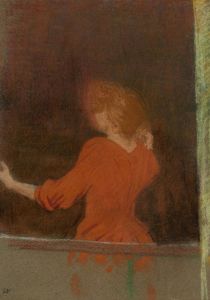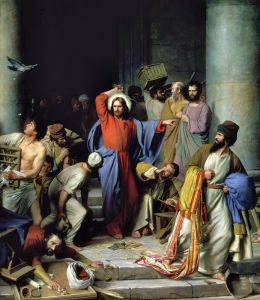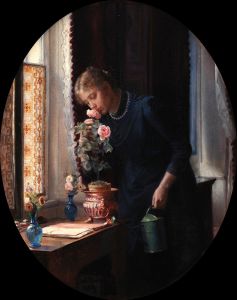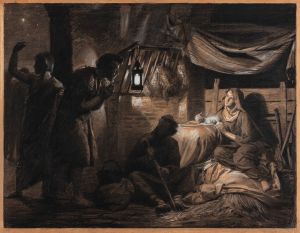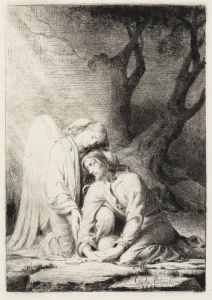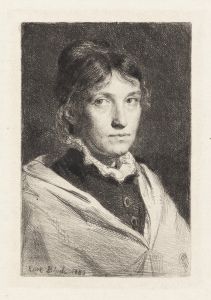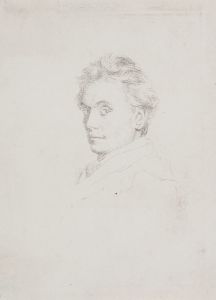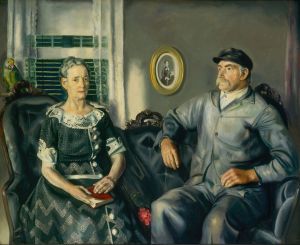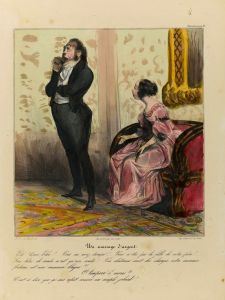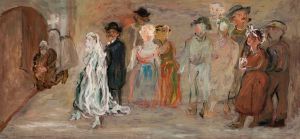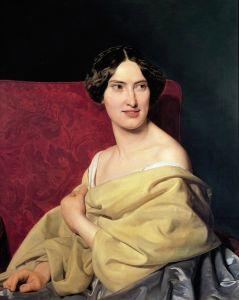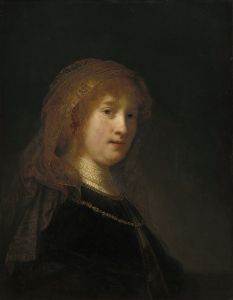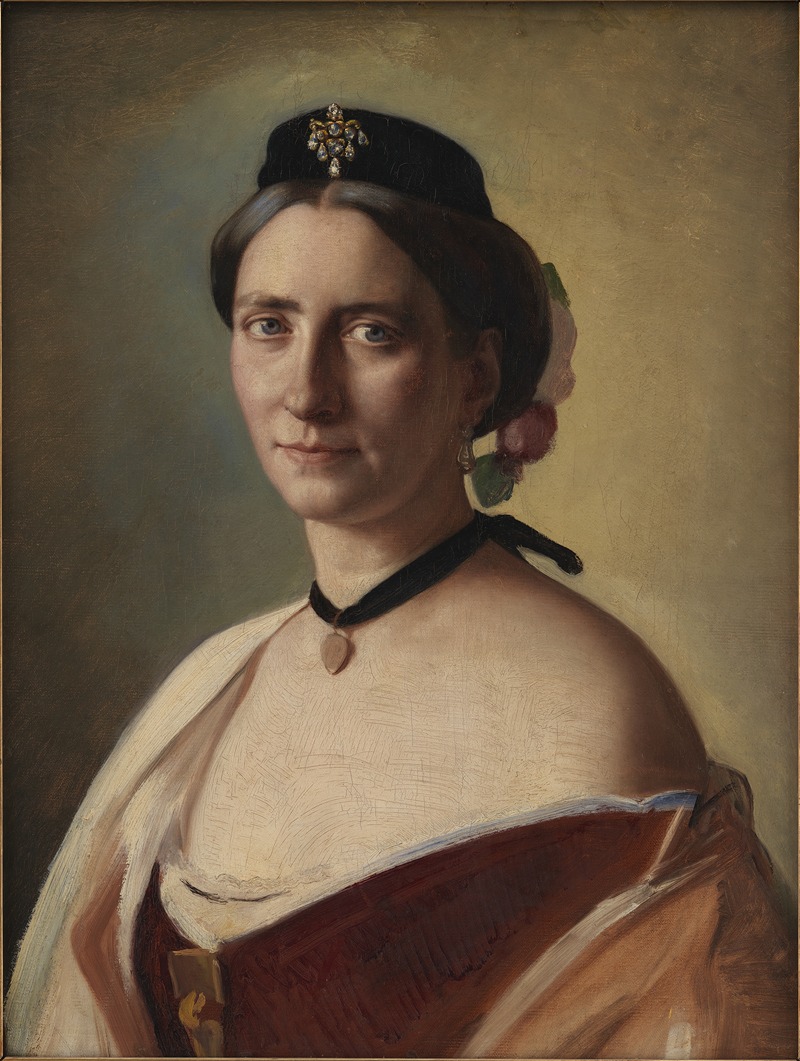
The artist’s wife, Mrs. Alma Bloch, nee Trepka
A hand-painted replica of Carl Bloch’s masterpiece The artist’s wife, Mrs. Alma Bloch, nee Trepka, meticulously crafted by professional artists to capture the true essence of the original. Each piece is created with museum-quality canvas and rare mineral pigments, carefully painted by experienced artists with delicate brushstrokes and rich, layered colors to perfectly recreate the texture of the original artwork. Unlike machine-printed reproductions, this hand-painted version brings the painting to life, infused with the artist’s emotions and skill in every stroke. Whether for personal collection or home decoration, it instantly elevates the artistic atmosphere of any space.
Carl Bloch, a renowned Danish painter of the 19th century, is celebrated for his historical and religious works, as well as his portraits. One of his notable portraits is "The Artist’s Wife, Mrs. Alma Bloch, née Trepka," which captures the likeness of his wife, Alma Trepka Bloch. This painting is a testament to Bloch's skill in portraiture and his ability to convey the personality and essence of his subjects.
Carl Bloch was born on May 23, 1834, in Copenhagen, Denmark. He studied at the Royal Danish Academy of Fine Arts, where he honed his skills and developed a style that would later make him one of Denmark's most esteemed artists. Bloch's work is characterized by its attention to detail, emotional depth, and the use of light to create mood and atmosphere.
Alma Trepka Bloch, Carl Bloch's wife, was a significant figure in his life, providing support and inspiration throughout his career. The couple married in 1868, and Alma became a central figure in Bloch's personal and professional life. The portrait of Alma Bloch is a reflection of their close relationship and Bloch's admiration for her.
In "The Artist’s Wife, Mrs. Alma Bloch, née Trepka," Bloch employs his characteristic style to depict Alma with a sense of grace and dignity. The painting showcases Bloch's mastery of capturing the human form and his ability to infuse his subjects with a sense of life and presence. The portrait is notable for its realistic representation and the subtle use of color and light to highlight Alma's features and expression.
The painting is a fine example of 19th-century portraiture, where the focus was on realism and the accurate depiction of the subject's personality and status. Bloch's attention to detail is evident in the rendering of Alma's attire and the delicate features of her face. The use of light and shadow in the painting adds depth and dimension, bringing Alma's character to the forefront.
Carl Bloch's portraits, including that of his wife, are celebrated for their ability to convey the inner life of the subject. His work is often compared to that of the Old Masters, and he is known for his ability to blend traditional techniques with his unique artistic vision. Bloch's portraits are not just representations of physical appearance but are also explorations of the subject's character and emotions.
"The Artist’s Wife, Mrs. Alma Bloch, née Trepka" holds a special place in Bloch's oeuvre as it represents a personal connection and the artist's affection for his wife. The painting is an intimate portrayal that goes beyond mere likeness, capturing the essence of Alma as both a muse and a partner.
Today, Carl Bloch's works, including his portraits, continue to be appreciated for their artistic merit and historical significance. His ability to capture the human spirit and his contribution to Danish art make him a pivotal figure in the history of art. The portrait of Alma Bloch remains a testament to his skill and the enduring power of portraiture to convey the depth of human relationships.





